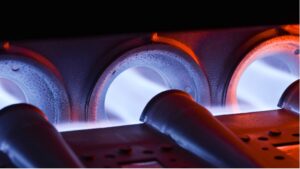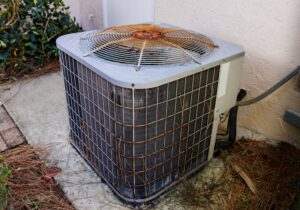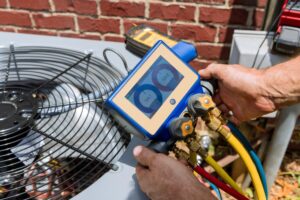If you live in Wisconsin, the heater is the most important appliance in your home. Heating systems not only keep us comfortable, but they also protect our homes from serious issues that sub-zero temperatures can create. But what type of gas furnace is best for your home and the way you live? Great question!
Below is a breakdown of the most popular types of gas furnaces, complete with an explanation of the benefits, drawbacks, and best-use scenarios of each type. Reach out to your H.J. Faust Comfort Advisor and ask for a full-home comfort analysis to determine which type of gas furnace is best for you.
Single Stage Gas Furnaces

Single-stage furnaces are the most common type of gas furnace, with a simple “on” or “off” operation. You can count on them to operate at full capacity whenever they’re on.
Benefits: The single-stage furnace is a low-cost, reliable option that will give you peace of mind, with a 10-year warranty on parts and a 20-year warranty on the heat exchanger. Even though these heating units are single-stage, they can still provide up to 96% efficiency levels (96% of the heat goes into the home and only 4% goes out the exhaust). This is a great improvement over the 60% and 80% efficiency furnaces that are still out there.
Drawbacks: While the upfront cost is low, these units cost more to run. Single-stage means it’s only on or off, so you will not see the added savings and comfort that the more advanced blower motors and gas valves offer on other types of gas furnaces. The blower motor will operate at roughly 500 watts, whereas the modulating equipment can operate at as little as 80 watts. Because of less insulation, these units are louder than other types of furnaces when they run.
Best Used When: You’re looking for a low upfront cost solution with good efficiency.
Two-Stage Gas Furnaces with Constant Torque
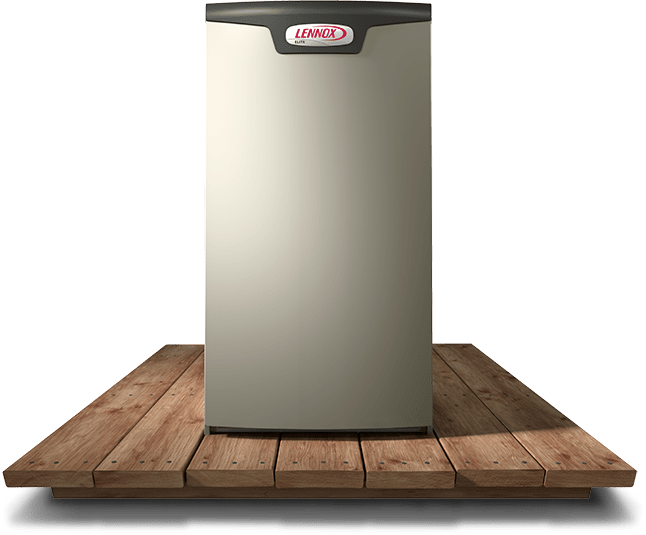
As the name suggests, these furnaces operate at two different levels: high for colder days and low for milder days. This feature allows for more efficient energy use and can result in lower bills.
Benefits: The two-stage gas furnace offers huge cost savings because the gas valve only opens halfway, and then if the thermostat is still calling for heat or it’s a really cold day, the gas valve will open up to 100%. Since the weather in the spring and fall is milder in the Midwest, your heating system won’t need to run as hard, saving you money. Another great benefit of installing this type of gas furnace is the use of the constant torque motor; this power-saver motor offers 33% savings over your standard blower motor. It does this by having the option to adjust its airspeed on demand, giving the blower motor a couple of ranges to operate at.
Drawbacks: Two-stage gas furnaces will improve comfort, but technology has provided us with an even better option with the modulating equipment. This two-stage equipment is best fit for areas where you only experience three seasons.
Best Used When: You are looking for more efficiency and more comfort. With two stages, these units can heat both a single and multi-story home with less hot/cold variations and more comfortable airflow.
Modulating Gas Furnaces
These are the most advanced types of gas furnaces. They adjust their heat output and fan speed in small increments to maintain a consistent temperature. Although they are more expensive up front, they offer significant energy savings in the long run.
Benefits: Rated up to 99% AFUE, these furnaces are not only the quietest but also the most efficient furnaces the industry has to offer, thanks to the modulating gas valve and variable speed blower motor.
During the fall and spring seasons, the amount of time you are using your equipment at maximum output is very limited. Starting at 35%, the gas valve, as well as the blower motor, open in 1% increments until the thermostat has been satisfied or the system reaches 100% output capacity. Essentially, the furnace only uses the exact amount of gas and electricity required to heat your home.
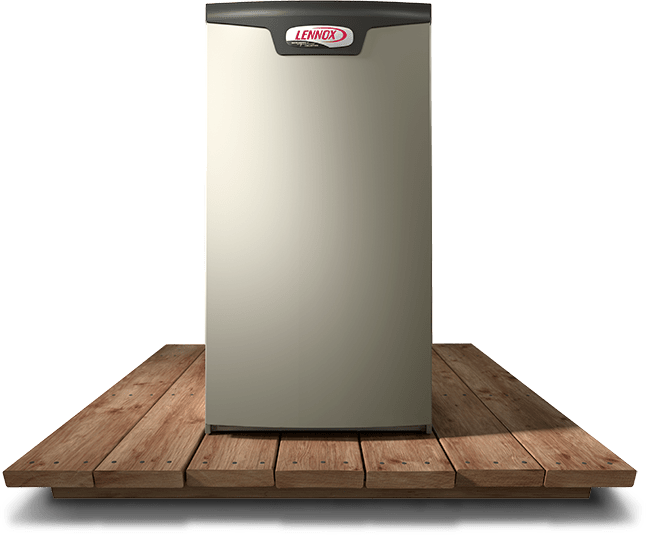
The variable speed also allows for the air to move across the filter at a slower rate, better cleaning the air inside your home, as well as heating all rooms more thoroughly. The efficient variable speed blower motors are able to run on only 80 watts compared to the 500 watts of the single-stage units.
Most people can’t tell if their furnace is on with how quiet the SLP99V is while running. With Silent Comfort technology and many additional sound-proofing components, you can trust you will receive the ultimate comfort. In addition, these furnaces have a lifetime warranty on the heat exchanger and a 10-year warranty on parts.
Drawbacks: The only real drawback to this gas furnace is that it costs more than the lower-tiered models. When you want to install a gas furnace, 0% financing is a great option.
Best Used When: You are looking for ultimate comfort with ultimate savings and efficiency. Any home that doesn’t have zoning (ex. a two-story home with one thermostat) will benefit from the efficiency of running the fan to constantly circulate air while keeping hot/cold spots to a minimum. These systems are often “communicating” systems and can be coupled with the S30 or iComfort thermostats for even higher efficiency, control, and functionality.
How Do You Choose the Right Type of Gas Furnace?
Selecting a furnace for your home is not a matter to be taken lightly, as the right choice can provide you with comfort during the cold season, energy savings, and long-term reliability. If you’re shopping for a new furnace, you must keep the following factors in mind:
- Climate: The climate where you live significantly influences the type of gas furnace you need. For instance, if you live in a region with mild winters, a single-stage furnace might be sufficient. However, for those living in areas where winter temperatures dip significantly, a two-stage or modulating furnace would be more appropriate.
- Energy Efficiency: Energy efficiency is a crucial factor when choosing a type of gas furnace. Furnaces with high Annual Fuel Utilization Efficiency (AFUE) ratings convert a higher percentage of the fuel they consume into heat. Higher AFUE ratings mean lower energy bills and a smaller carbon footprint. Look for a furnace with an AFUE rating of at least 90% for optimal energy efficiency.
- Size: A furnace that is too small won’t adequately heat your home, making it uncomfortable during chilly months. Conversely, a furnace that is too large will cycle on and off too frequently, leading to energy waste and potential wear and tear on the system. Consult with a professional to determine the right furnace size for your home.
- Cost: While the initial cost of a furnace is a considerable investment, remember to also take into account ongoing costs, such as energy bills and maintenance. Although higher-efficiency models may have a steeper upfront cost, they can save you money in the long run with lower energy bills. Also, consider potential financing options or rebates available for energy-efficient models.
- Brand Reputation: The brand of the furnace matters as well. Research different manufacturers and choose one with a reputation for quality and reliability. Look at customer reviews, ratings, and the warranty offered to ensure you’re making an informed choice.
Trust H.J. Faust, Inc. for Your Gas Furnace Installation
Whether you’ve decided on the type of gas furnace that best suits your needs or you need help making a final choice, it’s time to reach out to a professional. Choosing a reliable and experienced service provider is just as important as selecting the right furnace.
At H.J. Faust, Inc., we pride ourselves on providing high-quality heating installation services in and around Burlington, WI. Our team of trained technicians will ensure your new furnace is installed correctly and efficiently, providing you with the peace of mind that comes from knowing your home’s heating system is in good hands.
Schedule your gas furnace installation today! We look forward to helping you create a warm, comfortable, and energy-efficient home this winter season.

